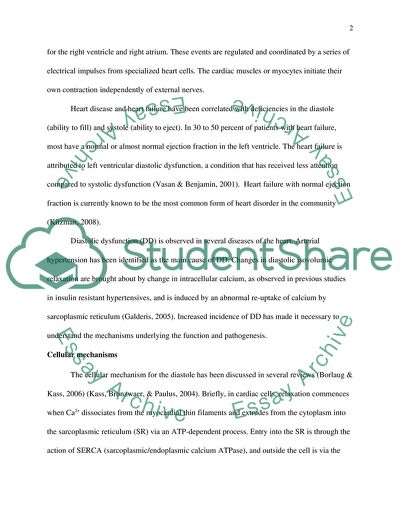Cite this document
(Discuss the cellular basis of diastolic dysfunction Term Paper - 1, n.d.)
Discuss the cellular basis of diastolic dysfunction Term Paper - 1. https://studentshare.org/formal-science-physical-science/1723061-discuss-the-cellular-basis-of-diastolic-dysfunction
Discuss the cellular basis of diastolic dysfunction Term Paper - 1. https://studentshare.org/formal-science-physical-science/1723061-discuss-the-cellular-basis-of-diastolic-dysfunction
(Discuss the Cellular Basis of Diastolic Dysfunction Term Paper - 1)
Discuss the Cellular Basis of Diastolic Dysfunction Term Paper - 1. https://studentshare.org/formal-science-physical-science/1723061-discuss-the-cellular-basis-of-diastolic-dysfunction.
Discuss the Cellular Basis of Diastolic Dysfunction Term Paper - 1. https://studentshare.org/formal-science-physical-science/1723061-discuss-the-cellular-basis-of-diastolic-dysfunction.
“Discuss the Cellular Basis of Diastolic Dysfunction Term Paper - 1”. https://studentshare.org/formal-science-physical-science/1723061-discuss-the-cellular-basis-of-diastolic-dysfunction.


